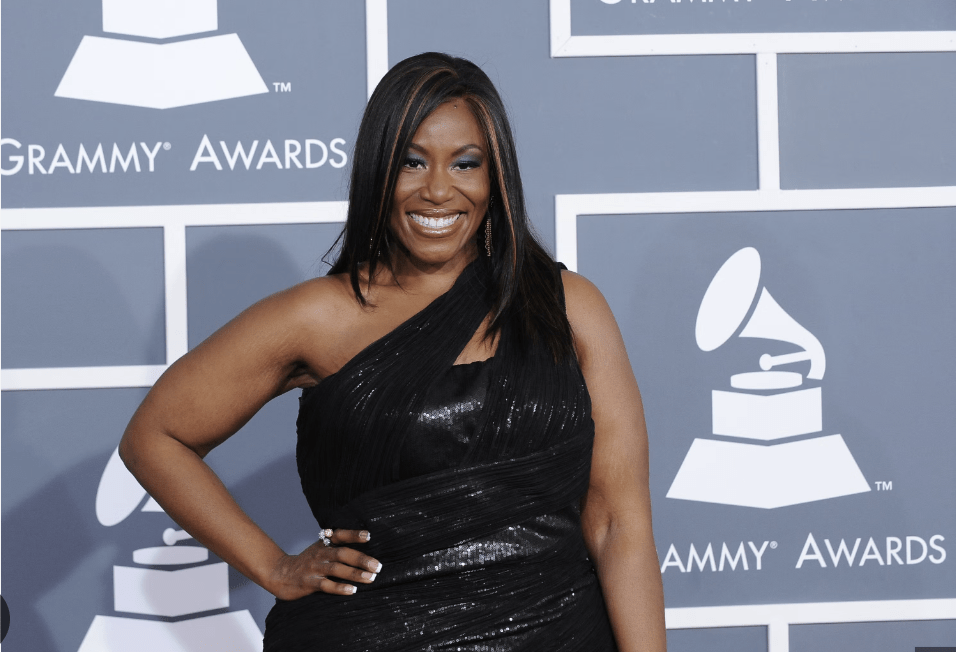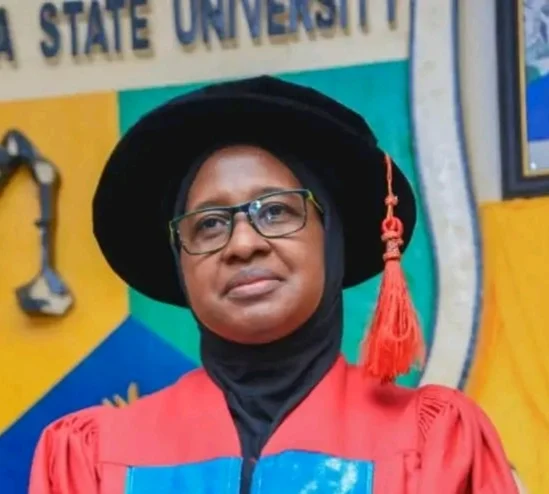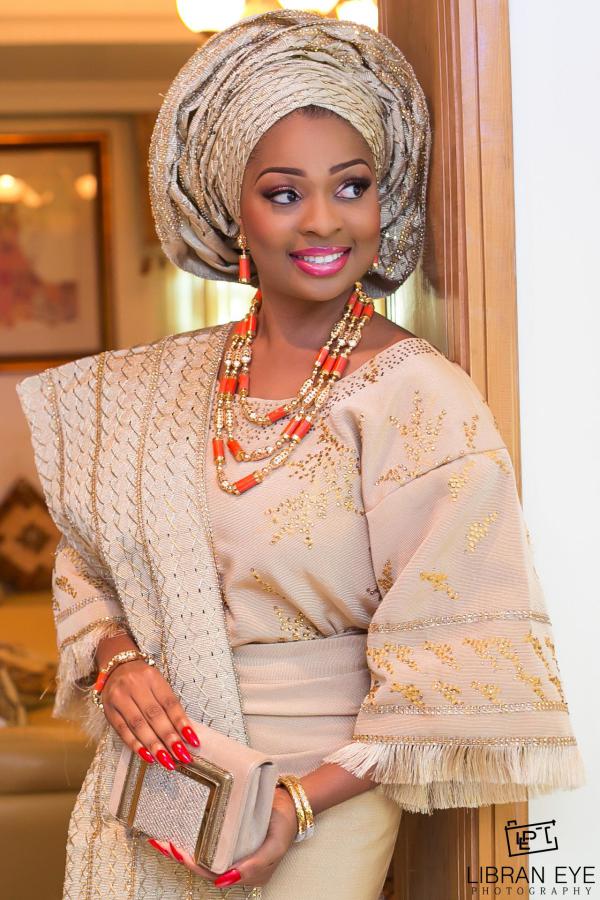
Everything You Need To Know About The Yoruba Traditional Wedding Aso-ebi Trend
- Ayo AL
- November 21, 2017
- Weddings
- traditional yoruba wedding wear, what couples wear at a traditional yoruba wedding, yoruba traditional wedding attire, yoruba wedding styles
- 0 Comments

Yoruba traditional attire is a good example of how old traditions are reflected in the contemporary wedding ceremony. A usual Yoruba weddings starts from choice of the traditional fabric Aso-Oke that can also be used for future Yoruba traditional marriage attire.
Aso-Oke used for production of Yoruba native attire woven in a manual way from 100% natural materials, threads are made of saturated handmade dye or cotton.
The official fabric of the Yoruba people is called the Aso-Oke. In the past, it was the only fabric used for special occasions, but today the story has changed. Lace, Ankara, Damask and other fabrics are also popular choices, but Aso-oke forever will remain the king of all Yoruba fabrics.
We will educate you about Aso-oke, its history and much more, but for now we’ll cover the different Yoruba traditional looks for brides, grooms, family and friends.
1. On what the bride is expected to wear

A Yoruba bride is expected to wear the complete traditional attire of the Yoruba folks from head to toe. She wears an Iro (wrapper tied around the waist), Gele (headgear), and an Ipele/Iborun (shawl).
The fabric used for her attire is aso oke, the signature fabric of the Yoruba people.
She completes the traditional wedding look with a Buba (short wide and loose blouse with long sleeves).
This Buba can be made from the same aso oke used to make the Iro, Ipele and Gele. Also, she may wear a Buba made from a Lace fabric.
2. On the bride’s jewellry
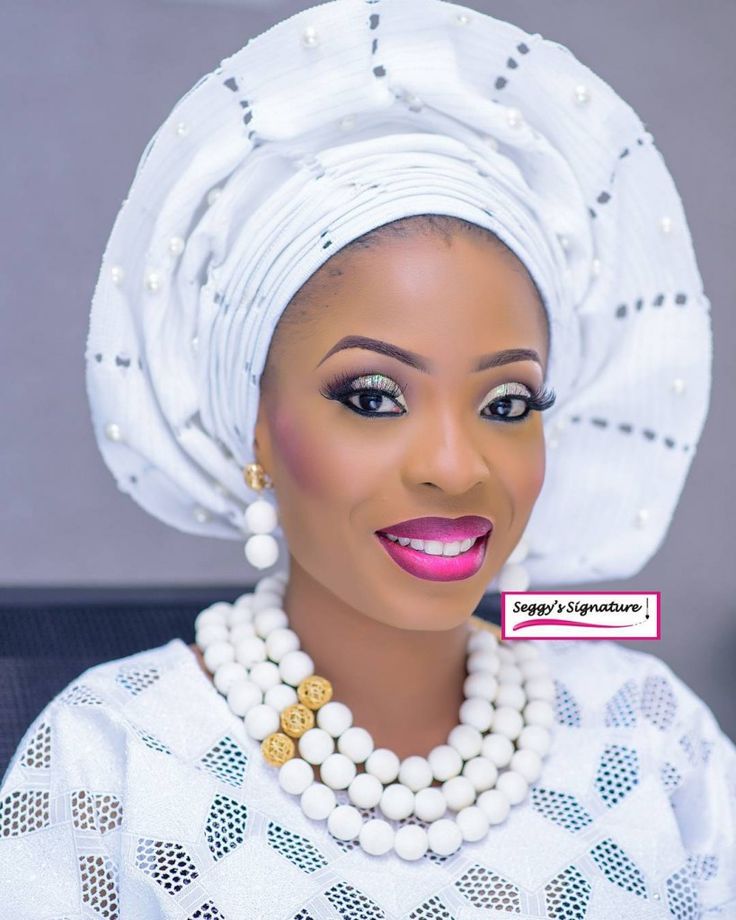
Her jewelry will consist of earrings and necklaces made of beads or gold( could also be costume jewelry) , or a combination of both. Many brides have their Ileke (beads) custom made especially for the wedding.
No Yoruba bride is complete without her pair of matching shoes, matching bag, and her feather-like fan. Most brides also wear a veil over her gele.
3. On the bride changing into another outfit
Some brides choose to change into another outfit which is less spectacular than the first one. This second yoruba traditional attire is usually made from other non-aso-oke fabrics such as damask or lace.
Apart from the yoruba traditional wedding, some brides choose to wear the traditional attire during the white wedding reception, instead of, or in addition to a second wedding dress or reception dress.
How To Plan The Perfect Pre-Wedding Shoot Using These 6 Tips
4. On what members of the family wear

The family members and friends attending the traditional wedding are given the option to buy the aso ebi. The infamous aso ebi is the official wedding fabric distributed to guests attending the wedding in order to achieve a more uniformed and organised look.
It can be made from lace, ankara, damask, or any other fabric of choice. For ladies, there are gele given to them in either Aso oke or normal gele.
The men are also given a small part of this fabric and asked to make a cap (fila). The fabric colors are the same as other wedding colors such as the decoration color theme. Many families ‘pick’ aso ebi for the headgears ( gele and fila) alone and leave their guests to make their choices of clothes.
Guests can then wear a white traditional attire (which is a very popular choice), or any other colour that matches the headgear fabric chosen by the family.
5. On what friends of the bride wear
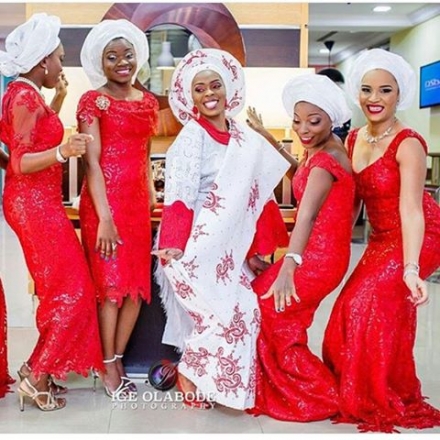
Friends of the bride, Ore-Iyawo, are sometimes given a seperate aso-ebi which differs from that of the other guests. Same goes for the groom’s friends. Their attires are usually trendier and more suitable for younger men and women. In times past, Velvet was a very popular ore-iyawo choice but now, Ankara and lace so the magic.




